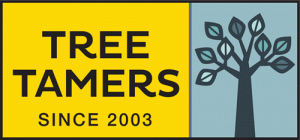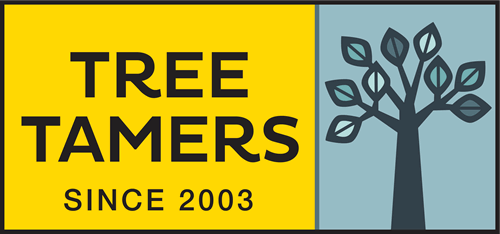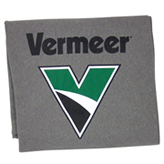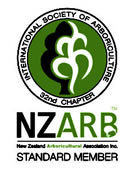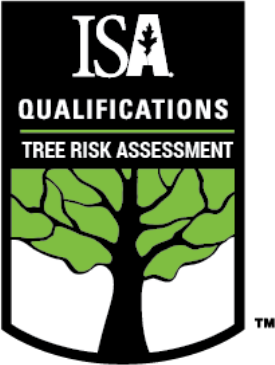The ABC of tree care terminology
- Pruning: a general term for altering a tree by selectively cutting bits off; encompasses any of the next four points.
- Thinning: selectively removing some limbs and/or parts of limbs to allow more light to pass through the tree. Reduces visual clutter and untidyness, can also encourage new growth lower on branches which can then be pruned back to. Removes cross-overs and rub points (potential infection points) and encourages aesthetic shape.
- Reduction: making the tree smaller whilst retaining its natural shape as much as possible. Should only be done to reduce the tree by 1/3 or less, as more than this will stress the tree too much, spoil its shape and require making large cuts that invite infection and rot. Not recommended for single stem trees such as “christmas tree shaped conifers; the shape is never recovered.
- Dead-wooding is removing dead, damaged or diseased branches (usually as part of thinning ) tidies and opens up the tree, removing unnecessary weight. Allows the tree to grow over dead branches, sealing itself against infection.
- Crown lift: removing lower branches to expose the trunk either for aesthetics or practical purposes such as mowing the lawn.
- Dismantle: taking a tree down piece by piece, because there isnt room to fell it in one piece. Involves rigging pulleys and lowering sections of tree on ropes, to avoid damage to buildings, power lines, other plants and shrubs.
